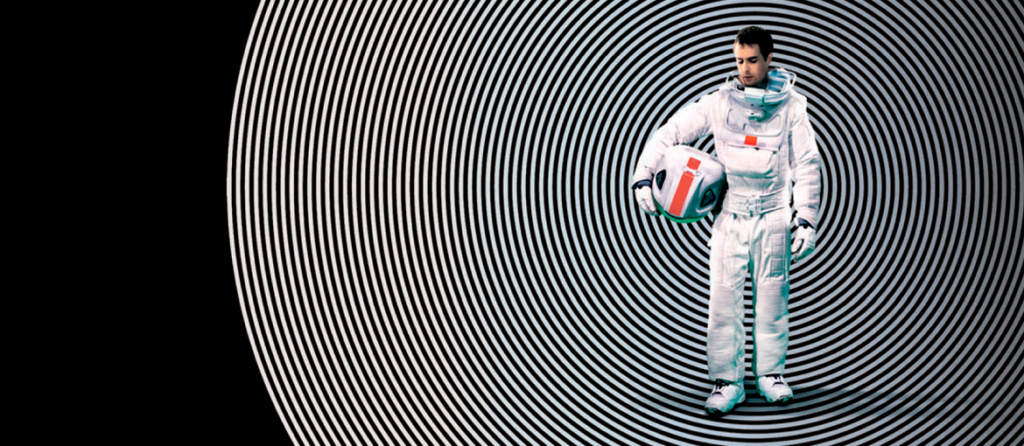Cinema posters have left a significant mark on film history, tracing their roots back to France’s late 19th century and evolving alongside the film industry and visual arts. Initially serving as a primary method for promoting films until World War II, movie posters have since become highly sought-after collectibles.
The Birth of the Movie Poster
Coinciding with the advent of cinema, the earliest film posters emerged in France during the late 19th century, crafted by Jules Chéret and Marcellin Auzolle. They utilized the Art Nouveau style, known for its vividly colored lithographs and intricately detailed illustrations, to promote the Lumière brothers’ invention.
These “cinema painters” had the task of capturing the essence of a film in a visually striking manner to catch the attention of passersby. The posters provided a glimpse into the film, indicating its suitability for families and its genre, whether it be comedy, adventure, etc.

At that time, the versatile stock poster was common, allowing for the addition of show-specific details as needed, exemplified by Adrien Barrère’s 1908 poster for the Pathé brothers, which featured an interchangeable film scene.

The Movie Poster’s Journey in the U.S.
Post-World War I, as Hollywood ascended and feature films became widespread, movie posters began to showcase cast members, the director, film title, and a synopsis. Despite its cost, color lithography remained the choice for its ability to produce quality illustrations, often highlighting actors’ portraits. However, stars like Charlie Chaplin and Audrey Hepburn often dominated the poster space, reinforcing the star system.

Iconic Movie Playbills
In 1950s America, filmmakers like Otto Preminger and Alfred Hitchcock, choosing to independently produce and market their films, collaborated with designer Saul Bass, who revolutionized film visual identity. Bass introduced a minimalist, evocative design, distilling films’ essence into symbolic imagery using primary colors and bold shapes.
His work for the 1959 film “Anatomy of a Murder” by Otto Preminger is celebrated for its innovative introductory sequence and poster design.


During Italy’s neorealism era in the 1940s and 1950s, filmmakers depicted post-war life through ordinary people’s stories. Poster artists like Anselmo Ballester and Ercole Brini often used watercolor scenes from the films or abstract interpretations, as seen in Brini’s poster for “Bicycle Thieves,” which opted for a softer depiction to contrast the film’s harsh realities.
The 1960s saw a shift towards big-budget films to draw audiences away from television, introducing airbrush techniques by artists like Philip Castle for “A Clockwork Orange” and Bob Peak for films like “Star Trek,” marking a new era in poster design.


The Photographic Poster Era
The 1980s brought VCRs, followed by the Internet and pay TV, transforming movie posters. Digital image processing led to photography overtaking illustration, resulting in a standardized layout featuring the lead characters and scenes from the film, often lacking the warmth of earlier designs. Yet, some posters, like “Kill Bill” (2003) and “Moon” (2009), successfully blended graphics and photography, maintaining the artistry of movie posters.



